Hunting for a solution as wildlife conservation loses funding
Frances Stead Sellers explores the link between a declining interest in shooting in the US and lack of cash to protect wild animals
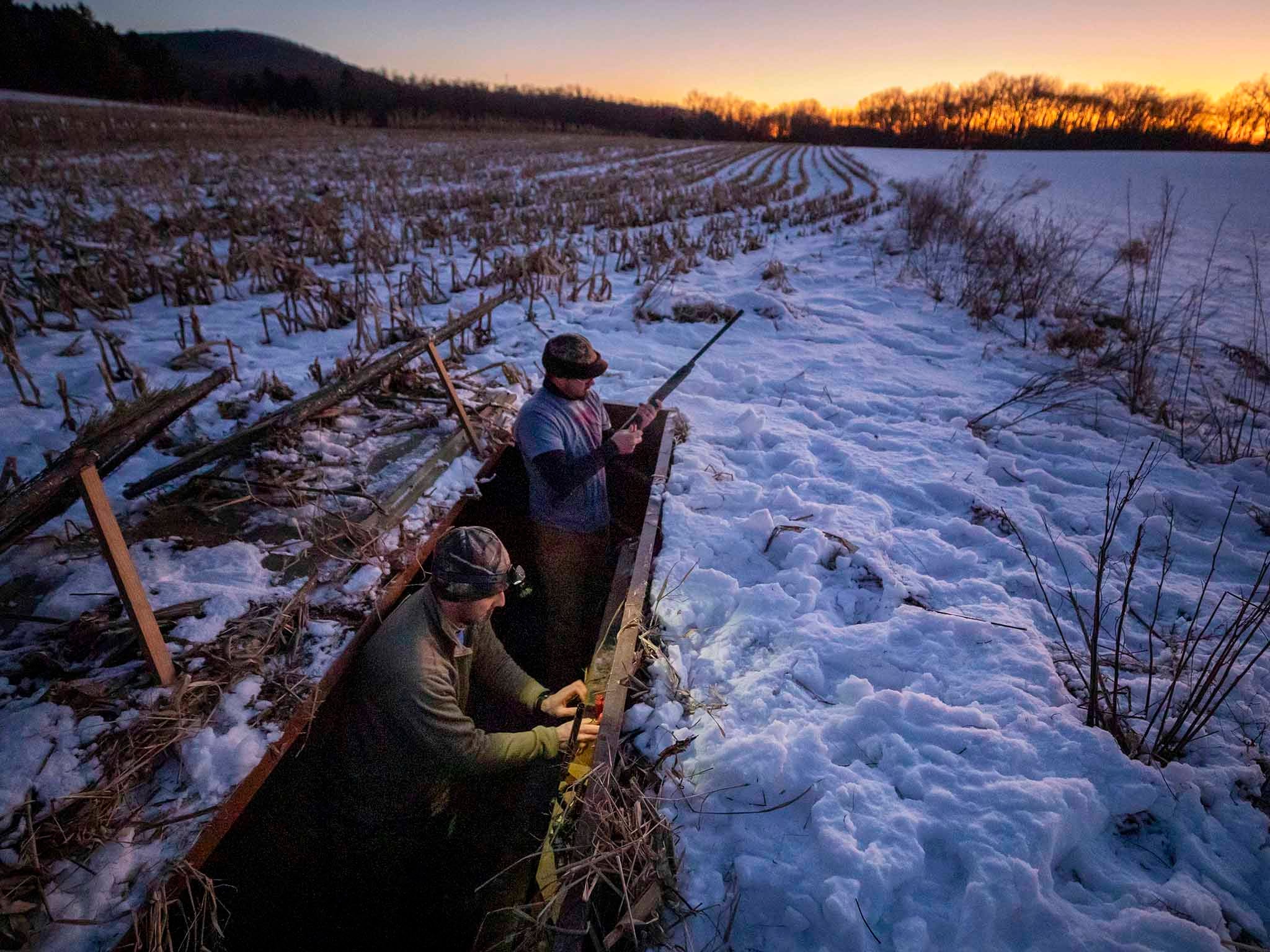
Your support helps us to tell the story
From reproductive rights to climate change to Big Tech, The Independent is on the ground when the story is developing. Whether it's investigating the financials of Elon Musk's pro-Trump PAC or producing our latest documentary, 'The A Word', which shines a light on the American women fighting for reproductive rights, we know how important it is to parse out the facts from the messaging.
At such a critical moment in US history, we need reporters on the ground. Your donation allows us to keep sending journalists to speak to both sides of the story.
The Independent is trusted by Americans across the entire political spectrum. And unlike many other quality news outlets, we choose not to lock Americans out of our reporting and analysis with paywalls. We believe quality journalism should be available to everyone, paid for by those who can afford it.
Your support makes all the difference.They settle, watchfully, into position – a retired couple armed with a long-nose camera and three men with shotguns.
Tom Stoeri balances the hefty lens on his half-open car window, waiting to capture Canada geese as they huddle on the frozen lake, fluttering up in occasional agitation before they launch into flight.
A little more than a mile away, John Heidler and two friends scan the skies from a sunken blind, mimicking the birds’ honking and hoping their array of decoys would lure them within range – until, pachow! pachow! pachow! Two geese drop in bursts of gray-black plumage, and a third swings low across the snow-streaked landscape before falling to the jaws of Heidler’s chocolate lab.
Public lands such as these at the Middle Creek Wildlife Management Area are a shared resource, open to an unlikely mix of hunters and hikers, birdwatchers and mountain bikers.
“It’s a symbiotic thing,” says Meg Stoeri, Tom’s wife and fellow photographer.
But today, that symbiosis is off-kilter: Americans’ interest in hunting is on the decline, cutting into funding for conservation, which stems largely from hunting licences, permits and taxes on firearms, bows and other equipment.
Even though more people are engaging in outdoor activities, hunting licence sales have fallen from a peak of about 17 million in the early Eighties to 15 million last year, according to US Fish and Wildlife Service data. The agency’s 2016 survey suggested a steeper decline to 11.5 million Americans who say they hunt, down more than 2 million from five years earlier.
“The downward trends are clear,” says Samantha Pedder, of the Council to Advance Hunting and the Shooting Sports, which works to increase the diversity of hunters.
The resulting financial shortfall is hitting many state wildlife agencies.
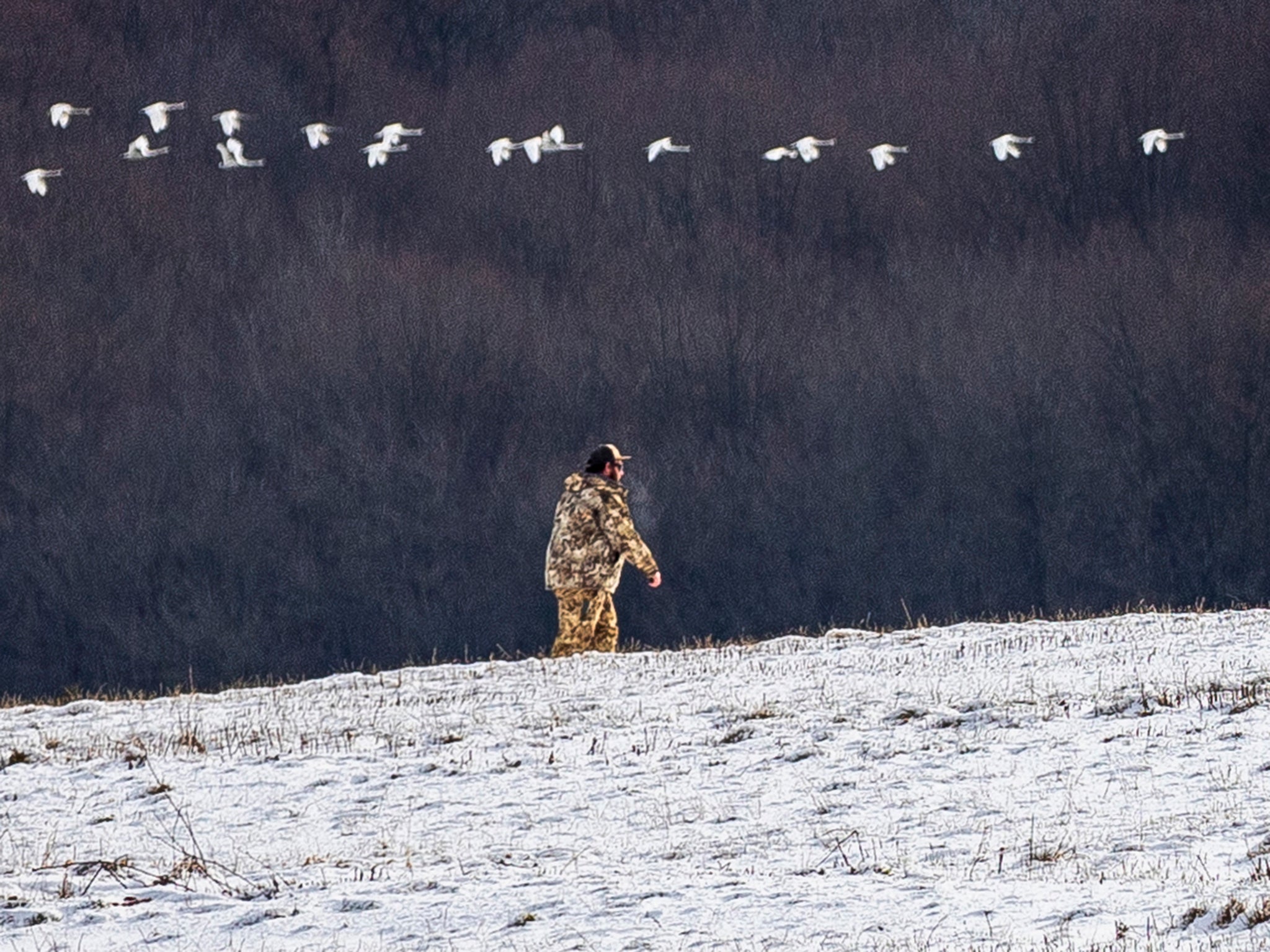
In Wisconsin, a $4m – $6m (£3m to £4.5m) annual deficit forced the state’s Department of Natural Resources to reduce warden patrols and invasive species control. Michigan’s legislature had to dig into general-tax coffers to save some of the state’s wildlife projects, while other key programmes, such as protecting bees and other pollinating creatures, remain “woefully underfunded”, according to Edward Golder, a spokesperson for the state’s natural resources department. Some states, including Missouri, are redirecting sales tax revenue to conservation.
Here in Pennsylvania – where the game commission gets more than 50 per cent of its revenue from licences, permits and taxes – the agency had to cancel construction projects, delay vehicle purchases and leave dozens of positions vacant, according to a 2016 report, all the while tacking West Nile virus and trying to protect rare creatures such as the wood rat.
With as many as one-third of America’s wildlife species ‘at increased risk of extinction’... the crisis will only worsen
“That’s what keeps me up at night,” says Robert Miller, director of the Governor’s Advisory Council for Hunting, Fishing and Conservation, of the inadequacies of the user-pay, user-play model that has funded conservation for decades.
A national panel has called for a new funding model to keep at-risk species from needing far costlier emergency measures. The crisis stands to worsen with as many as one-third of America’s wildlife species “at increased risk of extinction”, according to a 2018 report published by the National Wildlife Federation. In December, environmentalists and hunters united in Washington behind two bipartisan bills aimed at establishing new funding sources and facilitating the recruitment of hunters.
The needs are becoming more urgent as development eats into habitats and new challenges crop up, such as climate change and chronic wasting disease, a neurological condition infecting deer. The Trump administration’s recent rollback of pollution controls on waterways will put a greater burden on states to protect wetland habitats.
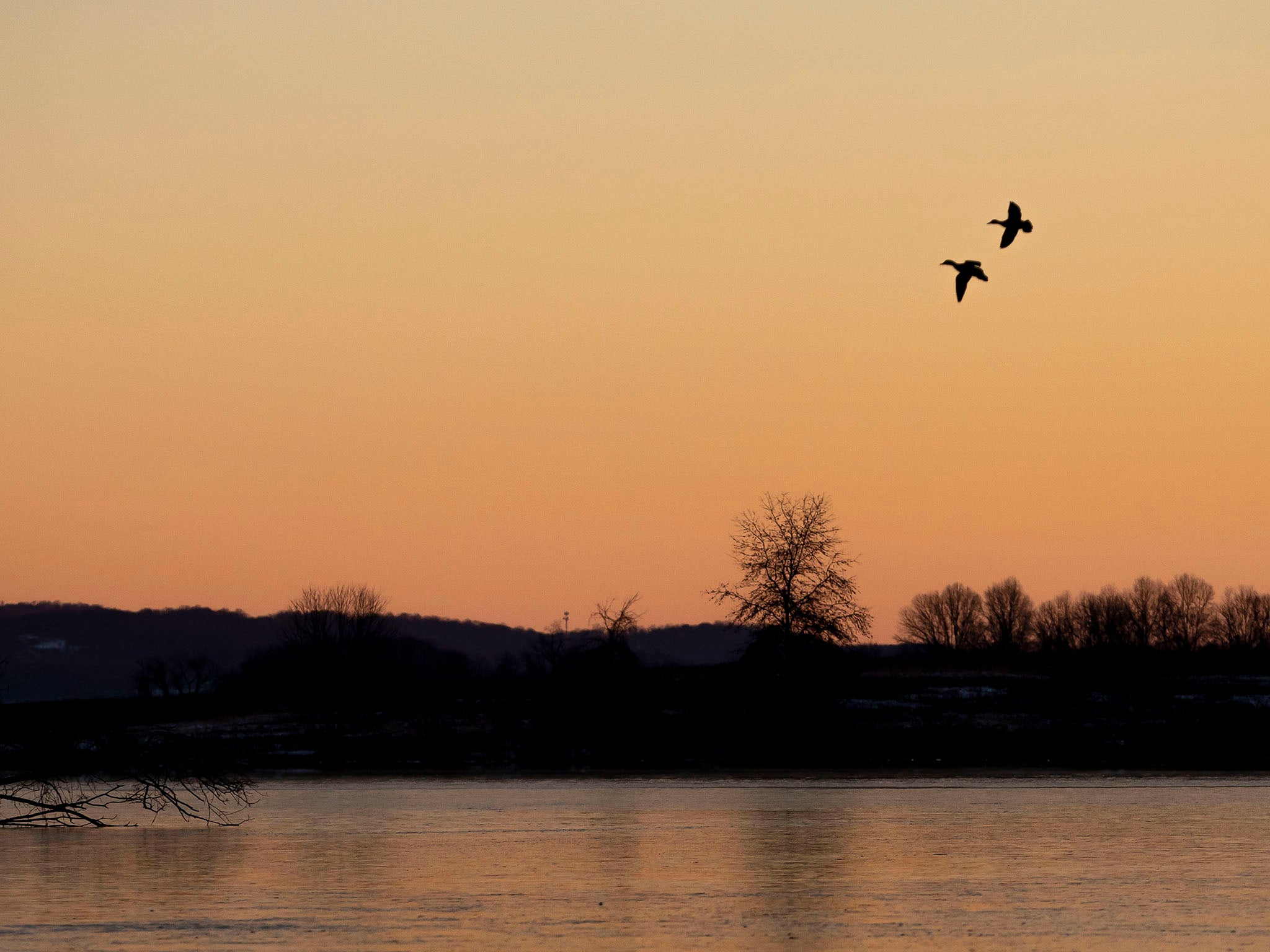
The financial troubles are growing as baby boomers age out of hunting, advocates say, and younger generations turn instead to school sports and indoor hobbies such as video games.
“Hunting and fishing are slowly dying off,” says Heidler, who described himself as “a fourth-generation waterfowler”.
While his children enjoy the lifestyle, he says very few of their friends do.
“They say there’s not time between school and after-school activities,” he says, adding that archery rarely leads children into hunting any more.
The sport is booming at Lancaster Archery Supply, where Kevin Sweigart takes his 14-year-old daughter for lessons. Sweigart grew up hunting, but the culture has changed and he hasn’t passed on the tradition to the next generation.
“My dad always told me stories about hunting,” said Norah Sweigart. “But for me it’s just target shooting.”
Many states are devising ways to reinvigorate hunting culture and expand the sport’s appeal to women, minorities, and the growing number of locavores – people who seek locally sourced food.
Colorado has a Hug a Hunter campaign to raise awareness of wildlife management and outdoor recreational opportunities. Pennsylvania, where the number of licensed hunters has dropped from 927,000 to 850,000 over the past decade, is trying to stall the decline with “R3 activities” – efforts to recruit, retain and reactivate hunters.
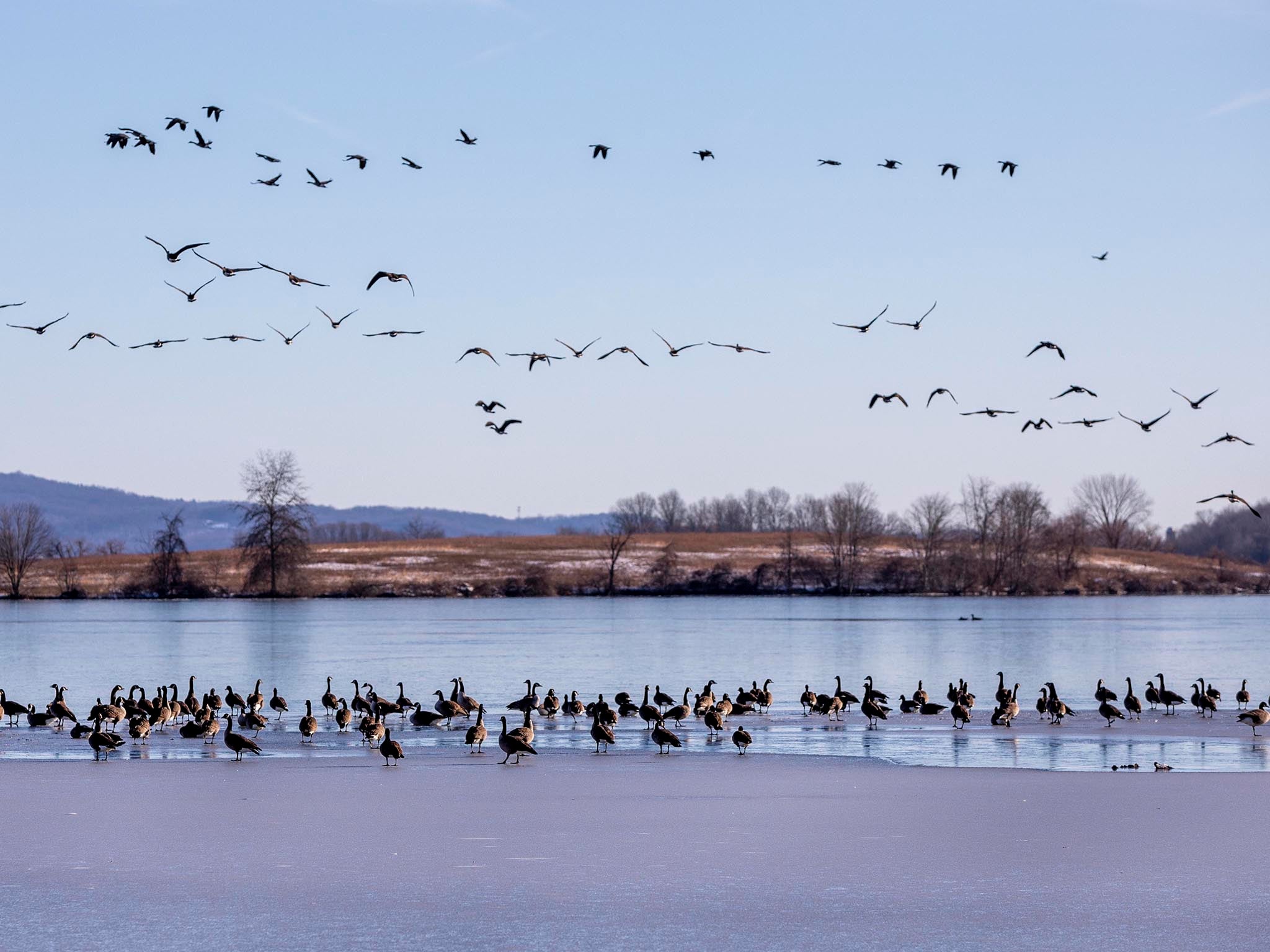
The state is relaxing its ban on Sunday hunting this year to increase opportunities for working families. The game commission plans to bring a food truck to community gatherings to familiarise people with eating wild game. And it will expand on mentored outings for young people and first-time female hunters.
In October, Derek Stoner, the commission’s hunter outreach coordinator, helped arrange a deer hunt for 20 newcomers, many from the city, with 14 trained mentors at the John Heinz National Wildlife Refuge in Tinicum, just south of Philadelphia.
Elena Korboukh, a teacher from South Philadelphia, recognised that the event was “a kind of PR campaign to promote hunting”, but she says she welcomed the chance to connect with nature – an opportunity she wishes she could offer her students.
“I had hiked the refuge for close to 20 years, but you don’t see a lot when you are moving,” says Korboukh, who killed a deer with a crossbow during the October event. “When you are sitting still, you see a lot, and it’s very, very exciting.”
Pat Oelschlager, one of the mentors at the Heinz hunt, continues to take out inexperienced hunters. On a dank January afternoon in Evansburg State Park, Oelschlager sets out to stalk deer with Lenny Cohen, who said he wants to get closer to his hunter-gatherer roots, which he feels distant from, growing up in the Philadelphia suburbs.
Neither targeted a deer that day but Oelschlager fields Cohen’s questions about animal behaviour, hunting etiquette and the names of native plants.
“Lots to learn!” Cohen says, smiling as he releases cattail fluff into the air to watch which way the light breeze is carrying his scent.
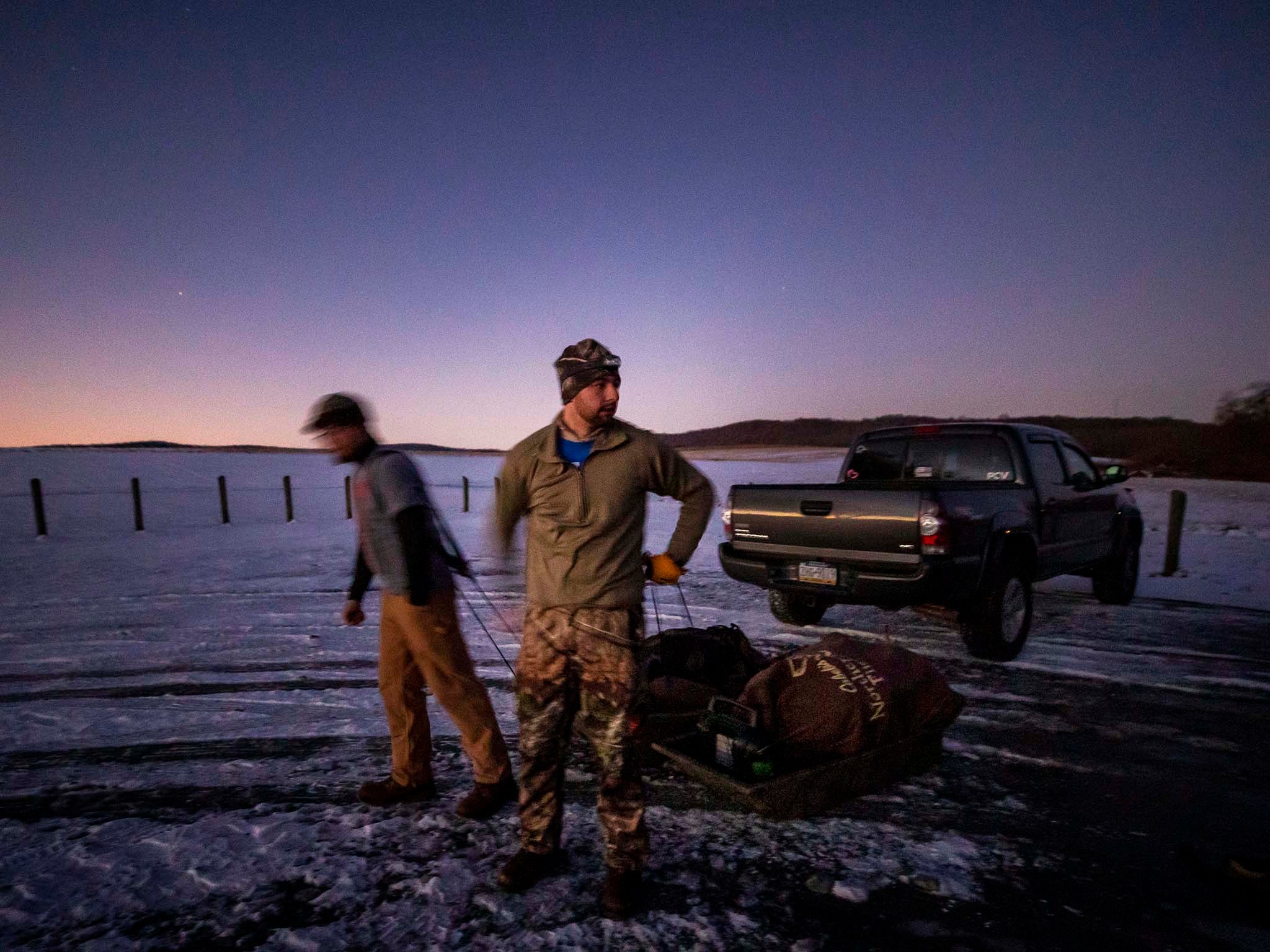
A few states are bucking the trend. New Mexico, where the number of licensed hunters grew nearly 10 per cent over the past four years, credits its successes to R3 strategies such as making licence applications available online and seeking out Latino residents.
Many national hunting advocacy groups, such as Backcountry Hunters and Anglers, have made cultivating interest among people who have had little exposure to the outdoors key to their missions. The National Shooting Sports Foundation is seeking to turn what its research suggests is about 2.5 million “aspiring hunters” into actual hunters.
The link between hunting and conservation dates back more than a century to when trigger-happy gunmen all but blasted the bison population to oblivion
Other groups aim to create experiences that appeal to women, including BOW (Becoming an Outdoors Woman) and the National Wildlife Federation’s Artemis.
“I have had more dance parties in the field with women,” says Artemis leader, Marcia Brownlee. “And laughed more.”
But revamping the federal funding model has proven tough. A proposed tax on outdoor gear, for example, was killed by resistance from retailers and manufacturers.
The link between hunting and conservation dates back more than a century to when trigger-happy gunmen all but blasted the bison population to oblivion and finished off North America’s most abundant bird, the passenger pigeon. (Martha, the hapless final specimen, died in 1914 in Cincinnati Zoo before being shipped, on ice, to Washington and put on display at the Smithsonian.)
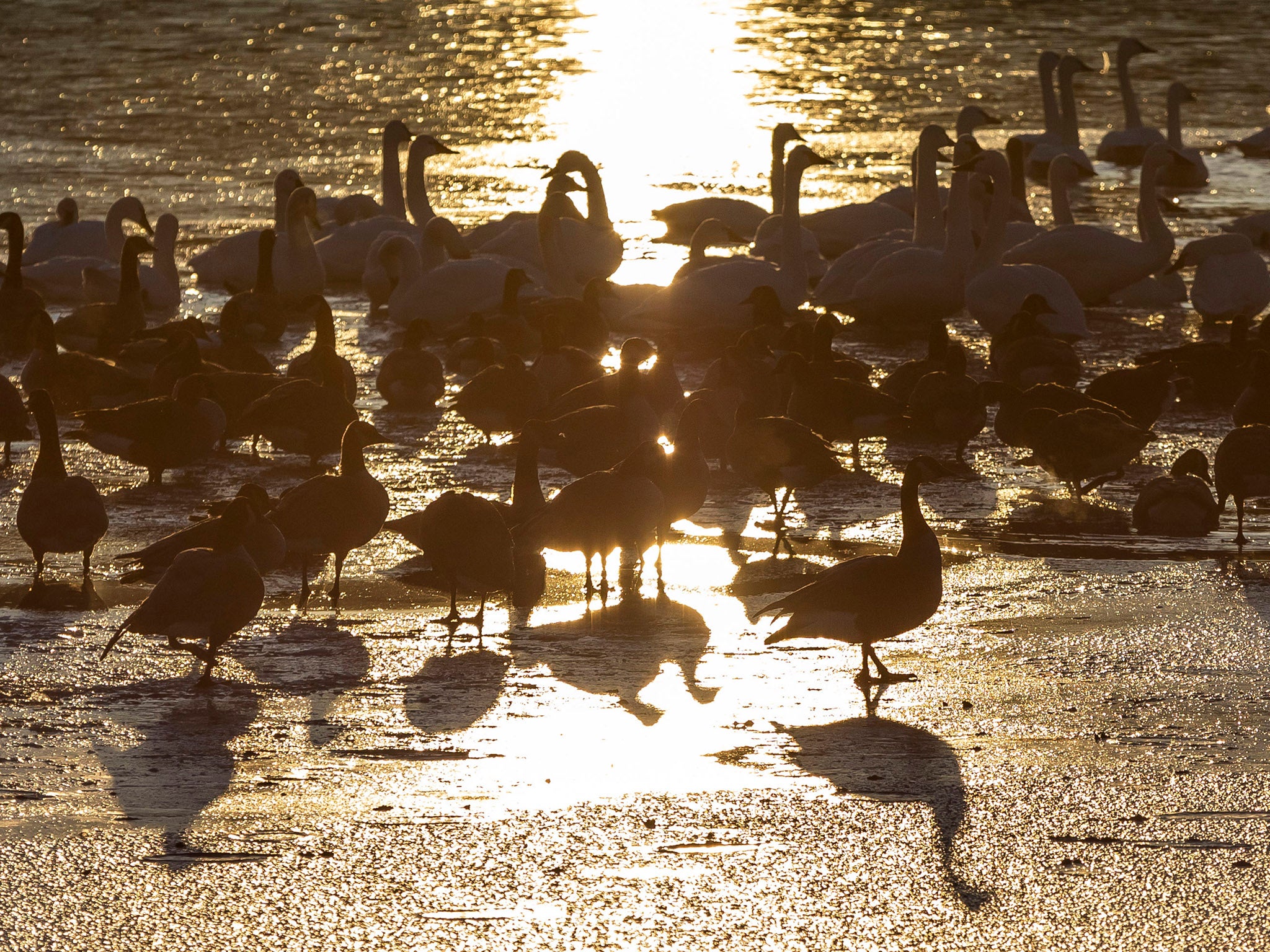
Small wonder that hunters were asked to curb – and pay for – their excesses. Avid outdoorsmen such as Theodore Roosevelt put their stamp on an enduring ethos that combined sport with conservation and led to the 1937 passage of the Pittman-Robertson Act, which imposed an 11 per cent excise tax on the sale of firearms that is apportioned annually to state agencies for conservation.
While critics say the system puts too much emphasis on hunted animals and birds, it has turned the tables for many species, including the now-ubiquitous Canada goose and whitetail deer, which had been in decline.
“The species that we have funded have done very well,” says National Wildlife Federation President Collin O’Mara, “which means it’s a fixable problem.”
In December, Congress modernised Pittman-Robertson as part of the Omnibus Appropriations Act, giving states greater discretion in their use of federal dollars for recruitment. House legislators also took bipartisan steps to advance the Recovering America’s Wildlife Act, which would provide states and tribes with $1.4bn annually from the general fund to restore habitats and implement key conservation strategies. The bill now heads to the House floor for a full vote.
“It’s exciting to see sportsmen’s groups working with greener groups,” O’Mara says.
Still, at Middle Creek and beyond, conservation remains a constant balancing act – not only among the plentiful waterfowl, the returning bald eagles and rare bog turtles – but also among the people.
In a month or so, busloads of tourists will park along the lake, many having flown in from Asia, to see tens of thousands of snow geese stop over on their route north to their breeding grounds.
It’s a miraculous sight, free and open to everyone, that has inspired Tom and Meg Stoeri, the wildlife photographers, to bring along their grandchildren.
Tom Stoeri notes that the otter on their special licence plate reflects their support of the state’s wild resources.
“I would pay more,” he says. “But I don’t know if the general population would.”
© Washington Post
Join our commenting forum
Join thought-provoking conversations, follow other Independent readers and see their replies
Comments